Gold Sandard and drought
halds
10 years ago
Related Stories

GARDENING GUIDES10 Drought-Tolerant Shrubs That Thrive in Full Sun and Reflected Heat
Got a hot spot in your garden where plants often die? Try these tough shrubs that add beauty while shrugging off the heat
Full Story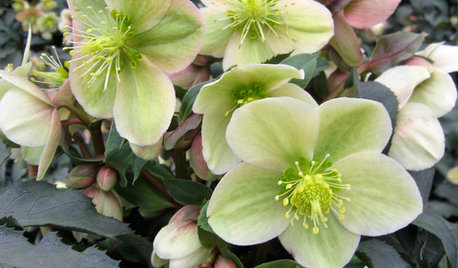
WINTER GARDENINGGreat Design Plant: Gold Collection Hellebores Perform Like Stars
Exciting colors, longer bloom times, forward-facing flowers ... These hybrids leave old hellebores in the dust
Full Story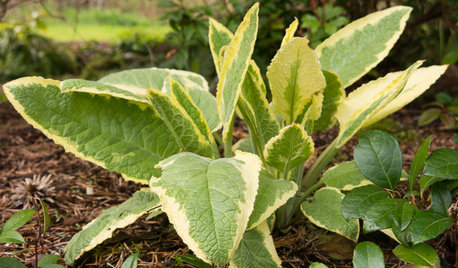
GARDENING GUIDESGreat Design Plant: Axminster Gold Comfrey for Sun or Shade
Plant this perennial for bold color that will light up shady spots, sparkle in the sun and add interest from spring until fall
Full Story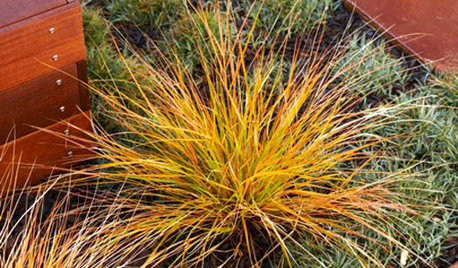
GOLD FOLIAGEGreat Plant: New Zealand Wind Grass
Gorgeous, green-to-gold feather grass make a big impact for little effort
Full Story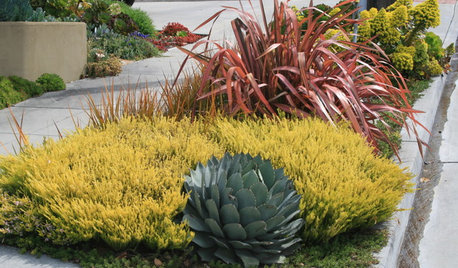
FOLIAGEGreat Design Plant: Golden Breath of Heaven
Aromatic foliage as soft as an angel's wing makes this plant a blessing in any garden, but it's the vivid chartreuse color that's divine
Full Story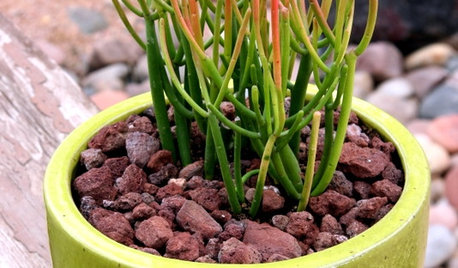
GOLD FOLIAGEGreat Design Plant: Milk Bush
With a rubbery texture and cartoon-like branches, this succulent brings an unusual, exotic energy to landscapes and container gardens
Full Story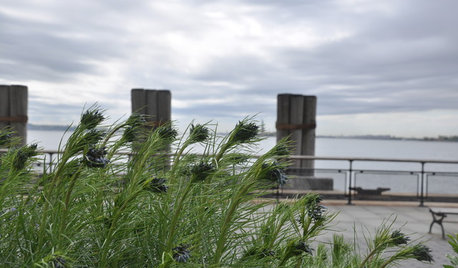
GOLD FOLIAGEGreat Design Plant: Hubricht's Bluestar
Billowy, willowy, and with blooms in three seasons, Bluestar makes a cooling, breezy impression in the landscape
Full Story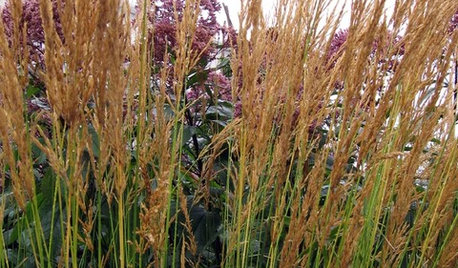
GOLD FOLIAGEGreat Design Plant: Feather Reed Grass
Use this ornamental grass for height, color, texture and motion in your landscape
Full Story
GARDENING GUIDESGreat Design Plant: Purple Needle Grass, California’s State Grass
The long-lived, drought-tolerant Stipa pulchra is as admired for its benefits as for its good looks
Full Story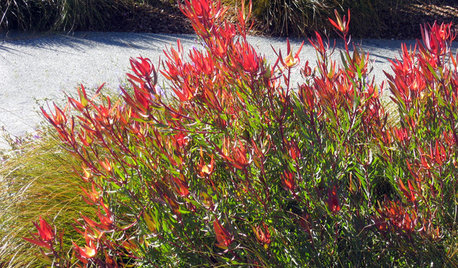
FOLIAGEGreat Design Plant: Conebush
Sporting vivid shades of foliage, this drought-tolerant shrub fills a garden background or a vase with equal aplomb
Full StorySponsored
Your Industry Leading Flooring Refinishers & Installers in Columbus
More Discussions








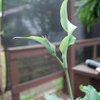
josephines167 z5 ON Canada
brucebanyaihsta
Related Professionals
Norfolk Landscape Architects & Landscape Designers · Glen Ellyn Landscape Architects & Landscape Designers · West Chester Landscape Architects & Landscape Designers · Ridgewood Landscape Contractors · Sun City Center Landscape Contractors · Washington Landscape Contractors · West Haverstraw Landscape Contractors · Burlington Fence Contractors · Goose Creek Fence Contractors · Minneapolis Fence Contractors · North Miami Beach Fence Contractors · Novato Fence Contractors · San Pedro Fence Contractors · Tumwater Fence Contractors · Melville Solar Energy Systemspaul_in_mn
ken_adrian Adrian MI cold Z5
evermore_gw z 4/5 NB
jamie81
hosta_freak
haldsOriginal Author
gogirlterri
brucebanyaihsta